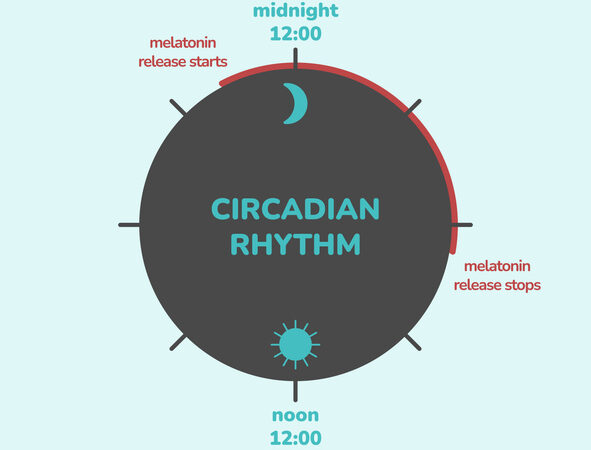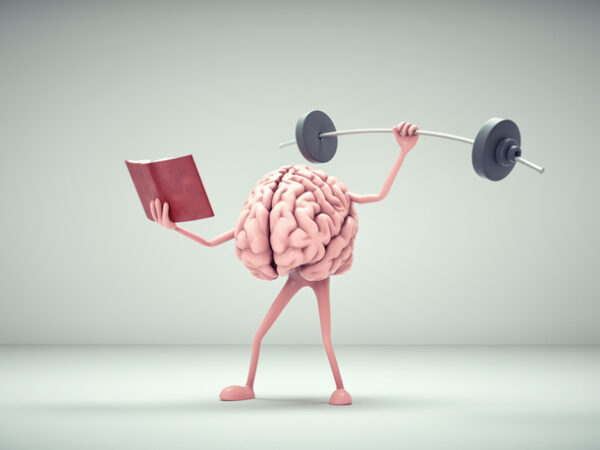What is a stroke?
A stroke occurs when blood flow is blocked in an area of the brain. When this happens, brain cells affected by the blockage are deprived of oxygen and begin to die.
Our body’s abilities (e.g. muscle control or memory) are controlled by these brain cells. When they begin to die, so do our abilities.
The severity of a stroke depends on which part of the brain the stroke affected and how much damage it caused. Some people recover completely, but more than 67 per cent of survivors will have some type of disability.
Symptoms of a stroke:
If you or someone you know begins to experience these symptoms call 9-1-1 immediately.
• Numbness or weakness of the face, arm or leg; especially on one side of the body
• Sudden confusion, trouble speaking or understanding
• Sudden trouble walking, dizziness, loss of balance or coordination
• Severe headaches with no known cause
• Sudden trouble seeing in one or both eyes
How does a stroke affect the eyes?
There are certain brain cells that are responsible for eye functionality and the surrounding eye tissue. If a stroke affects these cells it can cause:
Dry eyes: Blinking problems
The eyelids wipe over the cornea to clean it and restore a new layer of tear film, creating a protective moisture. Dry eyes may occur if the eye is not kept moist.
After a stroke, the rate of blinking can decrease, as well as the ability to complete a blink. This means the lower part of the cornea is not getting covered with a layer of tear film, leaving the eye dry and uncomfortable.
Treatment:
Depending on the severity, artificial tears and making a conscious effort to complete a blink can manage the problem. If the problem is more severe, silicone tear duct plugs can be inserted to reduce the loss of tears. An optometrist will be able to evaluate each patient’s particular condition and recommend the best treatment.
Visual field loss:
After a stroke, a person may lose their visual field abilities (i.e. peripheral or central vision). People with visual field loss are more susceptible to bumping into things and being struck by oncoming objects.
Normally, a person is triggered to scan their surroundings because they may see something in their peripheral or central vision. Those with visual field loss are not triggered to scan because they cannot see their entire environment.
Treatment:
Visual rehabilitations or visual aids are used to manage this loss. These include:
Visual field rehabilitation systems, which train individuals to scan using their remaining vision, even when they are not triggered to do so. This system combines the use of:
• Scanning therapy
• Adaptive strategies
• Optical field awareness devices
Traditionally, therapy and strategies were employed by occupational therapist. However, optometrists specializing in neuro-optometric rehabilitation and low vision have the ability to conduct these treatments.
Visual field awareness systems, allowing individuals to see the lost peripheral vision using visual aids, such as prisms that are mounted on a person’s glasses.
Spatial rehabilitation, a process where a patient is trained to orient themselves with their surroundings using various aids and mechanisms. This includes the use of field enhancement prisms.
Double vision (Diplopia):
Diplopia occurs when fully functional eyes are not working together to create a single image. Therefore, a person sees two images of one object. An individual can naturally adapt by suppressing the vision of one eye. However, some cases require additional treatment.
Treatment:
An optometrist will assess the patient and recommend the best treatment, which may include the use of:
• Prisms
• Lenses
• Vision therapy
Some compensate for double vision by placing an opaque patch over an entire eye (complete occlusion of the eye). However, this method reduces a person’s peripheral vision range, which requires both eyes. It can also affect a person’s mobility and ability to differentiate between the sizes of shapes (spatial vision).
A preferred method involves a “spot patch,” which does not interfere with a person’s peripheral vision. A small patch is placed on the inside of a glasses lens; directly in the line of sight causing the diplopia.
Visual balance disorders:
Various vision disorders can affect the vestibular system, which is responsible for balance. Some disorders include:
• Visual midline shift syndrome (VMSS): Causes a misconceived visual perception of proper body alignment, resulting in the person leaning to one side or the other.
• Visual-vestibular integration dysfunction: This can cause unsteady vision with movement.
• Nystagmus: Where the eyes moves rapidly and uncontrollably.
• Disruptions of central and peripheral visual processing: Causes a person to have trouble processing visual information and can result in difficulty with motion processing and disorientation in busy environments.
Treatment for these disorders may consist of lenses, prisms and visual rehabilitation. To learn more about these disorders and available treatment, speak with your local optometrist.
Reading problems:
Lingering brain damage from a stroke can affect a person’s ability to read. These reading problems differ in severity and scope. They include:
Post Trauma Vision Syndrome (PTVS), occurring when a person starts to look at paragraphs as isolated letters.
Visual field loss, resulting in a person losing their spot on a page due to the inability to see words at the end or beginning of a page.
Loss of accommodation (focusing), happening when a person’s eyes cannot focus for any length of time.
Alexias/Word blindness, where the areas of the brain which processes the information given by the eyes has been damaged. As a result an individual cannot process what they read.
Low vision, which cannot be improved by glasses or contact lenses. Therefore, a person cannot see the words on a page and needs special low vision aids.
Eye gaze disorder, which is extremely problematic for people who wear multifocals. Eye gaze disorder prevents a person from gazing down with their eyes, making multifocal ineffective since the eyes cannot gaze into the bottom section of the lens. If a person has this disorder they may have to opt for clip-on reading lenses.
Eye movement/tracking disorder, resulting in a person’s inability to make quick adjustments when reading. When we read we jump from one group of words to another. When our head or paper moves we in turn make rapid adjustments with our eyes called pursuit movements. If a person is unable to complete these movements, it can cause vertigo effects.
Unstable ambient vision, resulting in difficulty focusing on words, fatigue and light sensitivity.
To learn more about the effects of a stroke on your eyes, and to find the treatment that works best for you, speak with your optometrist.
How can an optometrist help?
As you age, you become more susceptible to changes in vision and eye health issues. The Ontario Association of Optometrists recommends that every senior receive an eye exam once a year, to detect any problems with vision and eye health before they impact your life. Optometrists will treat and manage any vision problems, eye diseases and conditions to make sure you are able to continue living a safe, independent and active lifestyle. To find an optometrist near you, visit findaneyedoctor.ca.
This article comes courtesy of the Ontario Association of Optometrists (optom.on.ca).






Add Your Voice
0 Comments
Join the Discussion